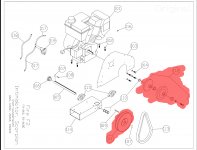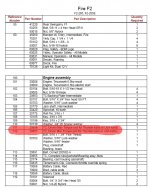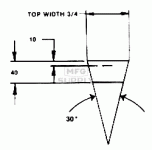I just bought a used Brister Fire F2-265E and Im trying to understand the torque converter system.
Im bouncing between the parts manual and mfgsupply.com trying to figure out what the hell a "driven max torque" is, as listed in the parts manual. I get 20 series. I get 30 series and 40 but what is this nonsense? Proprietary? Rare? Is it just a 20 with a different set of springs? The physical dimensions tell me its a Comet TC88 or 20 series.
mfgsupply.com has a section just for Brister go-carts(curiously the only manufacturer with its own page) but it lists it as a 30 series not "driven max torque" nor as the symmetrical 20 series which is obvious by visual inspection.


Im bouncing between the parts manual and mfgsupply.com trying to figure out what the hell a "driven max torque" is, as listed in the parts manual. I get 20 series. I get 30 series and 40 but what is this nonsense? Proprietary? Rare? Is it just a 20 with a different set of springs? The physical dimensions tell me its a Comet TC88 or 20 series.
mfgsupply.com has a section just for Brister go-carts(curiously the only manufacturer with its own page) but it lists it as a 30 series not "driven max torque" nor as the symmetrical 20 series which is obvious by visual inspection.



